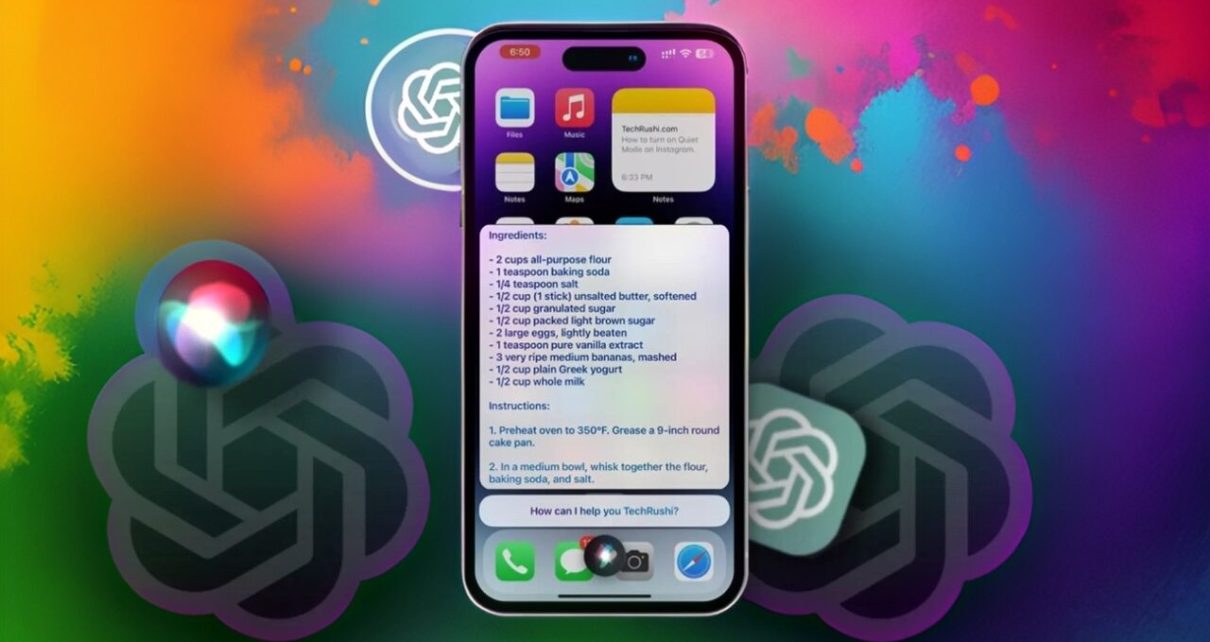Introduction to Hey Siri
Hey Siri has become a household name, revolutionizing the way we interact with technology. This voice assistant is more than just a digital companion; it’s integrated into our daily lives, helping us manage tasks and access information effortlessly. But what if I told you that Apple is shaking things up? Recent developments have sparked excitement among users and developers alike in the realm of voice assistants. With new changes from Apple for Hey Siri, the landscape of smart assistance is about to get even more interesting! Let’s dive into what this means for all of us who rely on virtual helpers every day.
Apple’s Previous Restrictions on Third-Party Voice Assistants
Apple has long maintained a tight grip on its ecosystem. This approach extended to voice assistants, creating clear boundaries for third-party developers.
Before the recent change, Apple restricted integration with Siri. Developers found it difficult to create seamless experiences within iOS and other Apple platforms. The result? A fragmented user experience where choices were limited.
Competitors had an edge in versatility and functionality due to fewer restrictions. Users often felt trapped within Apple’s carefully curated offerings, missing out on innovative features from external services.
This previous stance not only stifled creativity but also hindered competition. Many potential partnerships went unexplored as developers navigated these limitations. Such constraints made it hard for users who sought diverse options in their digital interactions.
The New Decision: Hey Siri Now Supports Third-Party Voice Assistants
Apple has officially made waves in the tech world with its latest decision regarding Hey Siri. The long-standing restrictions that limited third-party voice assistants have been lifted, allowing for a more integrated user experience.
This change means users can now access their favorite apps and services through different voice platforms seamlessly. Imagine saying “Hey Siri” followed by commands that trigger responses from various assistants, enhancing productivity and convenience.
Developers are also buzzing about this news. They can now create richer applications that utilize multiple voice technologies without being confined to Apple’s ecosystem alone. This opens up new avenues for innovation within the industry.
Moreover, this move signifies a shift towards greater collaboration among tech companies. As Apple embraces third-party integration, it sets the stage for an exciting era of smart technology where user preference takes center stage.
Benefits for Users and Developers
The recent decision by Apple to support third-party voice assistants brings a wave of exciting possibilities for users. Now, individuals can choose their preferred assistant without being restricted to Siri alone. This flexibility means better personalization and tailored experiences.
For developers, the new integration opens doors to innovation. They can create applications that work seamlessly with Hey Siri, enhancing functionality and user engagement. With this added compatibility, developers are likely to see increased adoption rates for their apps.
Moreover, consumers will benefit from improved competition among voice assistants. As each platform strives to offer superior features and services, users can expect enhanced performance and more dynamic interactions moving forward.
This change fosters creativity in development while ensuring that end-users enjoy a richer ecosystem filled with diverse options. Everyone stands to gain as technology evolves in response to these shifts.
Potential Impact on the Industry
The recent decision from Apple regarding Hey Siri marks a pivotal shift in the voice assistant landscape. By embracing third-party integrations, Apple opens the door for enhanced competition and innovation.
Developers can now create more tailored experiences that cater to diverse user needs. This flexibility could lead to smarter applications that leverage the strengths of various voice technologies.
Moreover, this move may spark a chain reaction among tech giants. Competitors might feel pressured to adapt their platforms or enhance their features to keep pace with Apple’s new direction.
Consumers will benefit from increased choice and improved functionalities across devices. With multiple options available, users can select the interface that best aligns with their preferences.
As collaboration becomes key in this space, we might witness unexpected partnerships forming between brands. The industry is on the verge of transformation as boundaries blur and creativity flourishes.
Comparison to Other Voice Assistant Platforms
When comparing Apple for Hey Siri to other voice assistant platforms, the differences become quite clear. Google Assistant shines with its robust search capabilities and integration within Google’s ecosystem. It’s adept at providing real-time information and navigating complex queries.
In contrast, Amazon’s Alexa boasts a vast library of skills that enhance smart home functionality. This versatility allows users to customize their experience significantly, which is something Apple has traditionally limited.
However, Apple’s focus on privacy sets it apart in this crowded space. With data security being a growing concern among consumers, many appreciate how Apple prioritizes user confidentiality over extensive data collection.
Each platform serves unique needs depending on user preferences and device ecosystems. The new support for third-party voice assistants in Hey Siri could level the playing field by offering more flexibility within Apple’s environment.
Conclusion
The latest decision from Apple regarding Hey Siri marks a significant shift in the way voice assistants can interact with their ecosystem. By allowing third-party voice assistants to integrate seamlessly, Apple opens up new avenues for innovation and user experience.
Users will benefit from more choices and functionalities tailored to their needs, while developers gain an exciting opportunity to expand their reach within Apple’s robust platform. This move not only enhances competition but also fosters creativity among developers.
The impact on the industry could be substantial as it encourages collaboration rather than isolation within tech ecosystems. Other platforms have long embraced third-party integration, making this change a crucial step for Apple to remain relevant in the rapidly evolving tech landscape.
As we watch these developments unfold, it’s clear that Apple’s decision is poised to reshape how users engage with technology daily. The future of digital assistance looks brighter with increased flexibility and improved functionality for everyone involved.



